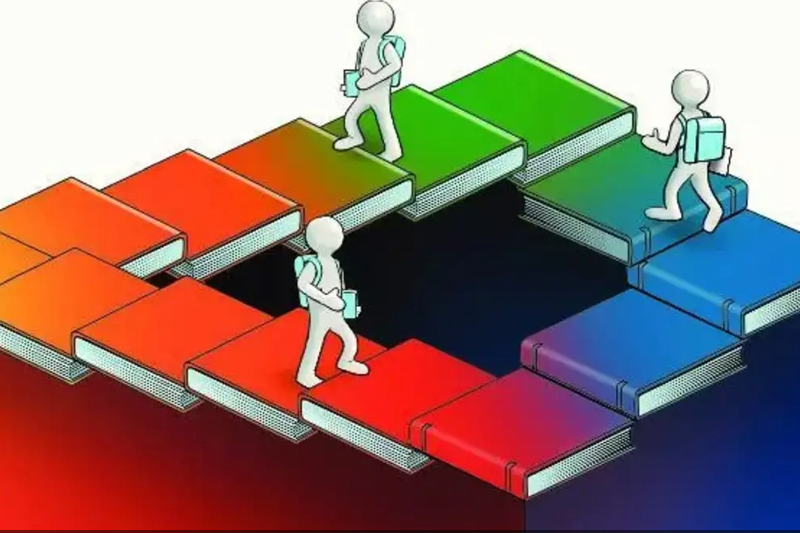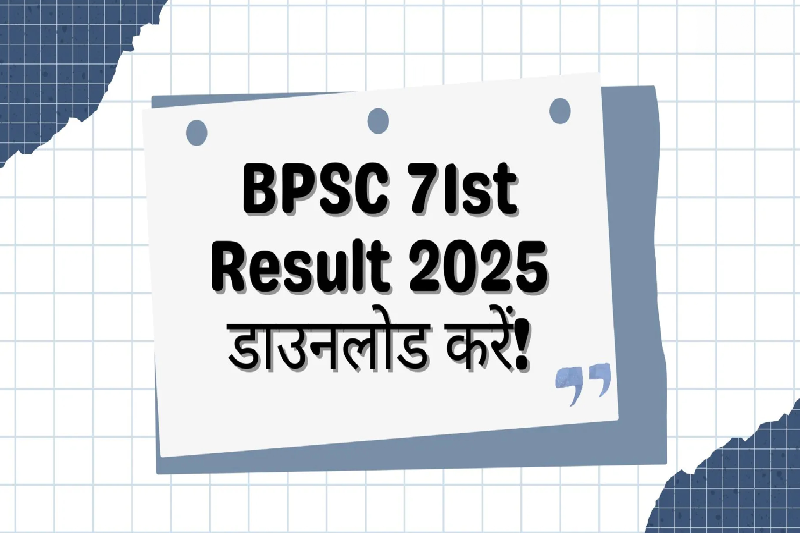
Western Australian Curriculum Set to Debut in Karnataka Schools from July 2025
For years, Indian parents seeking international education have primarily chosen between the International Baccalaureate (IB) and the International General Certificate of Secondary Education (IGCSE). However, starting in the 2025-26 academic session, a new option is entering the Indian education space: the Western Australian Certificate of Education (WACE).
This new curriculum model, developed and endorsed by the School Curriculum and Standards Authority (SCSA) of the Government of Western Australia, promises to offer globally-recognized education with a more affordable price tag. Backed by official approval from the Association of Indian Universities (AIU), WACE is now recognized as a 'foreign board' in India, making it eligible to function alongside other international boards in the country.
WACE: A Global Curriculum at Affordable Costs
One of WACE’s most appealing aspects is its affordability. Syed Sultan Ahmed, chairman of The Association of International Schools of India (TAISI) and advisor to WACE India on International Curriculum Integration, noted that WACE could be a game-changer in terms of cost.
"If IB schools are considered 100% in terms of cost, then Cambridge IGCSE would be around 50%, and WACE would be only 35%," he explained. This significant cost difference could democratize access to international-standard education in India, making it more accessible to a larger segment of students.
Another standout feature is the allocation of Australian student identification numbers to all students enrolled in WACE-recognized schools. This means these students will also be officially recognised as students of Australia, providing them with a potential edge in future academic and immigration pathways.
Launching in Karnataka: Bengaluru and Bidar Lead the Way
WACE will roll out in India gradually and is currently aiming to partner with 100 schools across the country over the next three years. The inaugural phase of this launch will begin in July 2025, specifically in three schools located in Karnataka. Of these, two are in Bengaluru, and one is in the northern Karnataka town of Bidar.
Initially, the curriculum will be introduced to kindergarten classes, with an eventual expansion planned up to Class 12. This phased approach allows schools and educators to familiarize themselves with the unique aspects of the WACE curriculum and teaching methodology.
Teacher Training Underway
To ensure smooth implementation, extensive teacher training is already in progress. Approximately 30 educators from the pilot schools are currently undergoing training sessions in Bengaluru.
Angelique Smith, principal consultant at SCSA, explained that the teachers will undergo 150 hours of training spread over two years. The program focuses heavily on pedagogy, assessment strategies, and classroom delivery, aligning educators with the Australian standards of instruction.
Textbook-Free, Regionally-Curated Curriculum
Unlike conventional Indian boards and even other international curricula, the WACE model emphasizes a textbook-free learning environment. Instead of static textbooks, the curriculum relies on curated lesson plans and worksheets that are tailored to suit regional and cultural contexts.
This approach allows for a more flexible and localized learning experience, while still maintaining the academic rigor expected from an international syllabus. The integration of real-world applications and contextual learning is expected to increase student engagement and understanding.
Recognition and Future Prospects
With AIU’s formal equivalency granted to WACE, the curriculum holds official recognition across India’s higher education ecosystem. This equivalence paves the way for students graduating from WACE schools to seamlessly apply to Indian colleges and universities.
The future of WACE in India looks promising. Its unique blend of affordability, global recognition, regional customization, and pedagogical innovation makes it an attractive alternative to existing international curricula. As more schools express interest and adopt the framework, WACE could become a powerful catalyst for diversifying international education in India.
In the coming years, with the support of Indian advisors, educational institutions, and policymakers, WACE aims to expand its reach while maintaining its core mission: to offer high-quality, globally-competitive education at a cost accessible to a broader demographic.
Conclusion
The introduction of the Western Australian Certificate of Education in Indian schools marks a significant shift in the country’s international education landscape. By starting in Karnataka and expanding over time, WACE is setting the stage for a new era of global learning — one that is more inclusive, adaptable, and affordable for Indian students and families.



